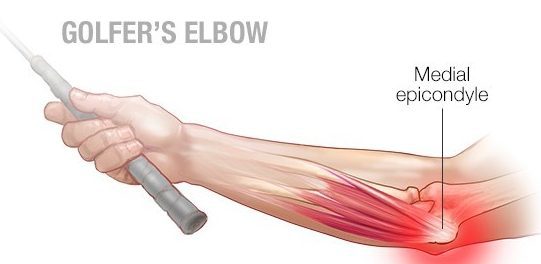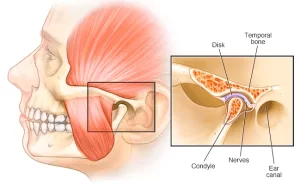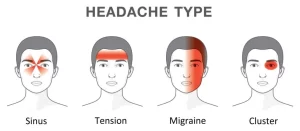Golfer’s Elbow or Medial Epicondylitis, causes pain and inflammation in the tendons that connect the forearm to the elbow. The pain centers on the bony bump on the inside of your elbow and may radiate into the forearm.
Despite the name, this condition does not just affect golfers. Any repetitive hand, wrist, or forearm motions can lead to Golfer’s Elbow. People may also get it from using tools like screwdrivers and hammers, raking, or painting. Golfer’s Elbow is not as well known as its cousin, Tennis Elbow. Both are forms of Elbow Tendonitis. The difference is that Tennis Elbow stems from damage to tendons on the outside of the elbow, while Golfer’s Elbow is caused by tendons on the inside. Golfer’s Elbow is also less common.
Golfer’s Elbow is caused by damage to the muscles and tendons that control your wrist and fingers. The damage is typically related to excess or repeated stress especially forceful wrist and finger motions. Improper lifting, throwing or hitting, as well as too little warmup or poor conditioning, also can contribute to Golfer’s Elbow.
Golfer’s Elbow is characterised by pain and tenderness that is usually felt on the inner side of your elbow, sometimes extending along the inner side of your forearm. Pain can come and go gradually, and typically worsens with certain movements such as swinging a golf club. The elbow may feel stiff, and making a fist might hurt. Weakness in your hands and wrists, as well as numbness and tingling sensations might be present.
Physical therapy is helpful for Golfer’s Elbow. Treatment program will include manual therapy to help the muscles regain full movement. Manual stretching will also be done for the shoulder and thoracic spine, as the tendons along the medial elbow can be affected by muscle imbalances all the way up the chain. Modalities such as therapeutic ultrasound therapy, Cryotherapy, and heat therapy may also be incorporated to assist with healing. Customised strengthening exercises and stretches will be prescribed as the pain subsides. Functional training will then be introduced as treatment progresses. If in doubt, seek professional advice.
Check out our popular articles: Diastasis Recti, Tight Back Muscles, Irritable Bowel Syndrome (IBS), Temporomandibular Joint (TMJ) Dysfunction, Tennis Elbow, Wrist Tendon Injury, Sciatica, Whiplash, Hernia, Herniated Disc (Slipped Disc).




